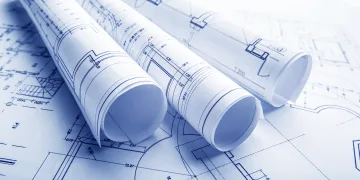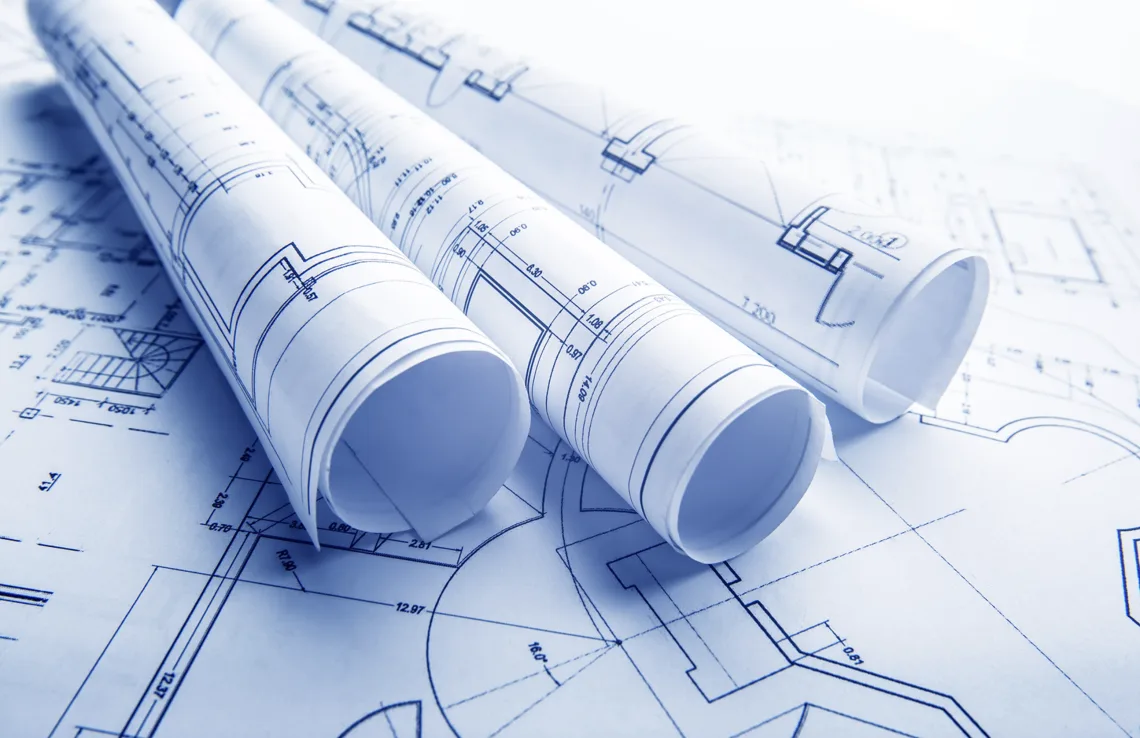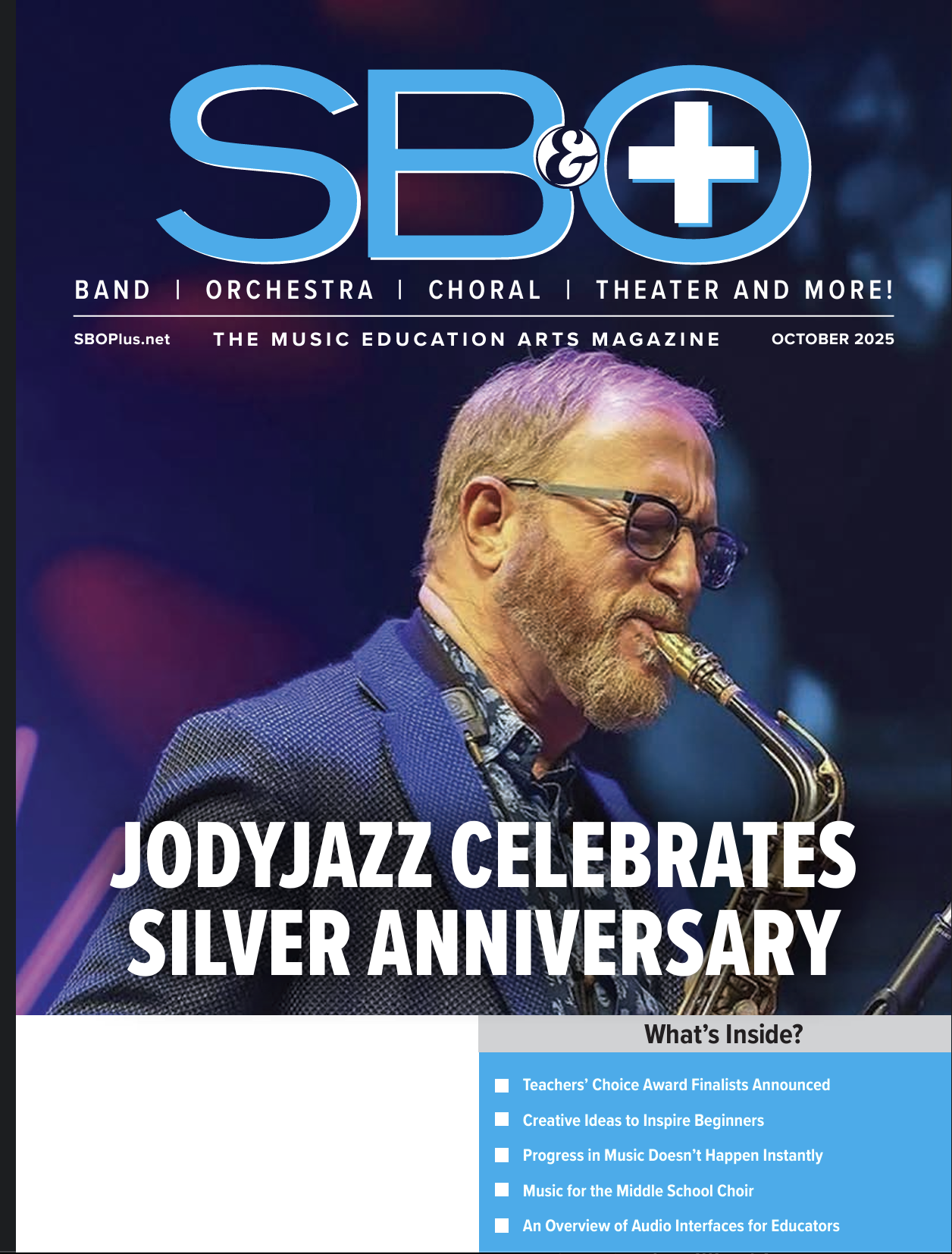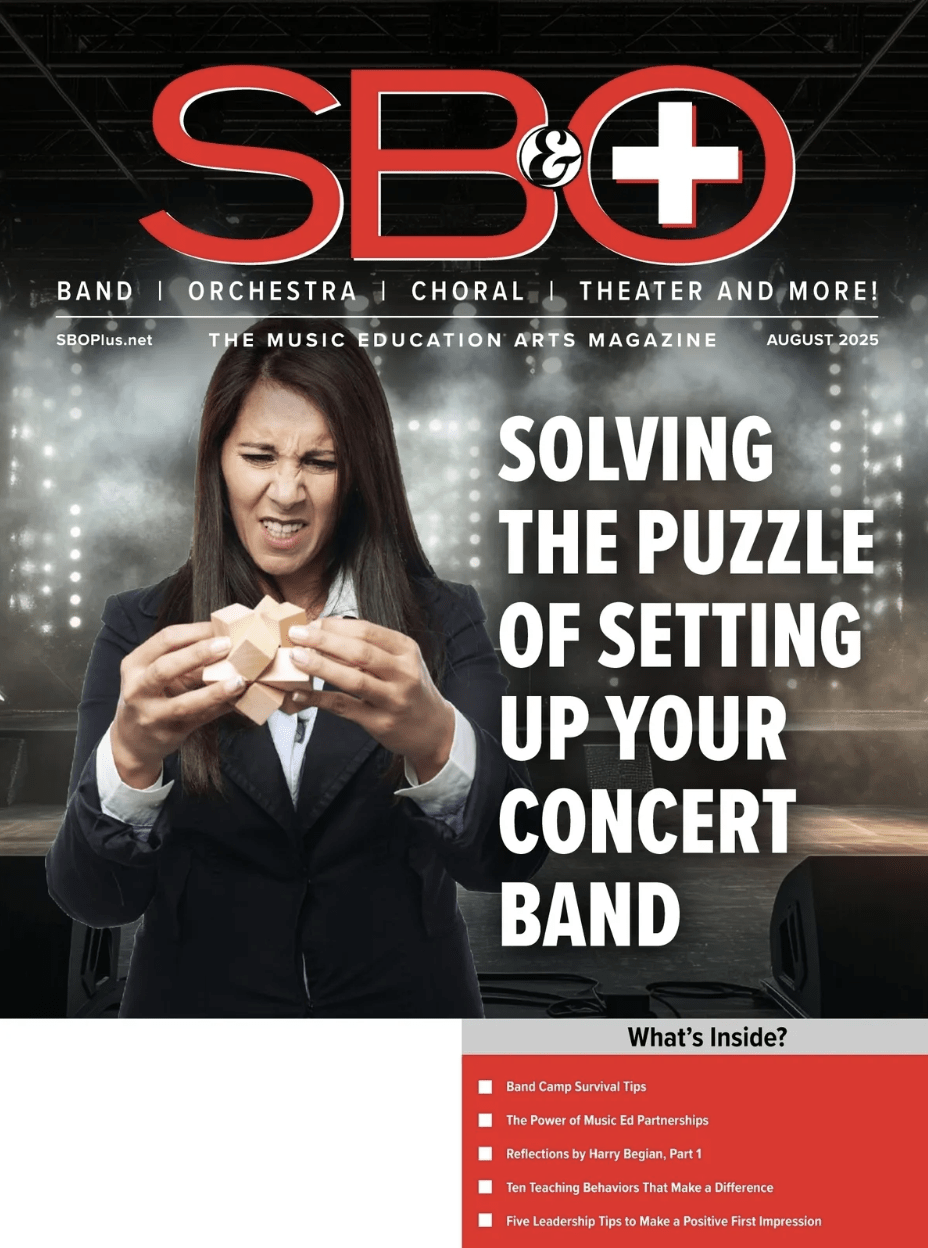By Bill Humbert
A new school year brings excitement, fresh energy, new faces, and opportunities to shape the musical identity of your ensemble. Whether you are welcoming new students, reconnecting with returning ensemble members, or defining expectations after summer break, the first few weeks of rehearsal are crucial. This is the time when ensemble culture is set, expectations are identified, and musicianship begins to take root.
Every performance, be it the school ice cream social, or an adjudicated contest, consists of a series of carefully crafted rehearsals…not just time spent running through pieces, but intentional class meetings designed to build skills, excite students, and create cohesion. Great rehearsals don’t just happen. They’re planned, purposeful, and student-focused.
To help start the year strong and maintain momentum throughout the semester, here are five essential steps for creating dynamic, efficient, and effective ensemble rehearsals.
- Preparation is Paramount
Rehearsal success begins long before the first downbeat. Whether you are preparing for a concert, festival, or simply building ensemble fundamentals establishing clear long and short-term goals gives your ensemble direction and purpose
A well-prepared director:
Plans each rehearsal with specific, measurable objectives.
Shares expectations and responsibilities with students throughout the rehearsal.
Prepares the physical environment: music stands arranged, scores ready, percussion set up, and all materials easily accessible.
Builds consistency so students understand routines, rehearsal flow, and what’s expected of them daily.
A Good Thought: Create a daily and weekly rehearsal agenda. Post the rehearsal agenda and goals in a visible place. This keeps students engaged in the learning process and allows them to be proactive in their rehearsal preparation.
- Effective Warm-Up and Foundation Building
The warm-up process should not be viewed as a boring routine. Instead, think of it as the launchpad for the entire rehearsal. Start on time and with intent. Make sure students are made aware of the “whys” and the “what’s.” Why are we warming up? What is the purpose for playing this exercise? What are we listening for? Are we focusing on those concepts that help us become a better ensemble? Consider assigning a student leader to conduct warm-ups or tuning while you finalize logistics or roam the classroom. This will help you gain a new aural perspective of how the ensemble sounds.
Build a comprehensive warm-up routine that includes:
Breathing exercises for wind players to establish tone support and focus
Scales, long tones, bowing and articulation drills to build technical and tonal consistency
Rhythm studies to unify pulse, clarity, and improve timing
Tuning strategies using electronic tuning devices, unison studies, chorales, and interval work to foster listening skills.
Consistently reinforcing the basic fundamentals of good sound will help students develop the habit of focusing on the good stuff: Blend, Balance Tuning, and Intonation. The ensemble warm-up period is also a prime time to reinforce ensemble fundamentals and connect technical work to repertoire goals.
- Engage Students Actively
A rehearsal thrives when students are mentally and musically engaged in the process. Keep the pace of the rehearsal brisk and focused, alternating between intensive work and opportunities for students to apply feedback and reflect on progress.
Try incorporating techniques such as:
Drill practice: Isolate short musical phrases and target them for rapid improvement.
Stay on the move: Move around the ensemble to listen from different angles and give tailored feedback.
Non-traditional seating: Mix up the setup…try moving sections to different areas of the ensemble setup or small chamber group formations to enhance independence and listening. Experiment with a complete non-traditional setup: a square, a circle, facing an alternate direction in classroom, etc.
Student involvement: Encourage feedback, peer assessment, and even conducting or discussing sections of music to promote ownership and collaboration.
A Good Thought: When students are active participants, they take more pride and ownership in the ensemble’s level of success.
- Skill Development is Essential
Don’t just run through the music, teach through it. Use rehearsal time to identify specific musical or technical challenges and address them with intention.
Break down tough passages: Slow them down, simplify rhythms, and layer complexity back in gradually.
Refine tuning and intonation: Use an electronic tuning device and encourage tuning to intervals, not just to a single pitch. Assist students to understand tuning tendencies and pitch influencing techniques such as alternate fingerings, embouchure and aperture adjustments. More advanced students can be encouraged to move away from electronic tuning assistance by developing skills that encourage listening and adjusting to others in the ensemble.
- Rhythmic decoding: Try the use of rhythm flashcards, clapping drills, or metronome games to increase rhythmic accuracy. There are also several online resources that can be used in a classroom or individual setting.
- Build expressive skills: Use descriptive language such as “play like a sunrise,” or creative exercises like; “Play as I conduct”, to explore dynamic contrast and character.
A Good Thought: When your students are ready, begin investing artistry into the fundamental process. Dynamics, phrase shape, attack style, and releases can all be topics of discussion.
- Refine and Reflect
As performance dates approach, the focus of rehearsals shifts toward polishing musicality and ensemble unity. But remember, refinement should be continuous…not reserved only for the final weeks of preparation. Always hold yourself and your students to a high standard of excellence in regard to creating your best sound that is well blended and well balanced with those around you.
- Micro to Macro: Begin planning rehearsals to allow for larger sections of music to be played without stopping to connect concepts that have been discussed in preparation of the music.
- Record rehearsals (audio and/or video) for self-evaluation. Have students critique their own sections using rubrics, guided prompts or classroom discussion. Remember to guide the discussion toward what is happening that is “right” and then discuss areas of need or concern.
- Focus on balance, blend, phrasing, articulation, clarity, and style. These elements are the many layers that elevate a performance. Continue to explore the opportunities available that challenge us to go beyond “just the notes.”
- Feedback and Feedforward: Provide specific, constructive feedback and encourage student self-assessment. Begin to link concepts from each selection being performed and strive to carry these concepts forward into the next concert cycle preparation window.
- Maintain a positive and supportive environment where students are motivated to focus on giving their best effort towards improvement and taking musical risks that are aimed at growth.
A Good Thought: Reflection helps students understand why they’re doing what they’re doing and gives them tools to improve even when you are not guiding them directly.
Final Thoughts:
Quality ensembles are not built overnight. They are built in the rehearsal room, one intentional moment at a time. As a new school year begins, commit to rehearsals that are thoughtful, engaging, and student-centered. Create a culture where musicianship, self-discipline, creativity, and collaboration are encouraged and supported. By following these five steps, you can develop a culture that will empower your students to not only perform well, but to understand the process of making music together. Let this year’s rehearsals be more than routine. Let them be the building blocks of your ensemble’s success.



















